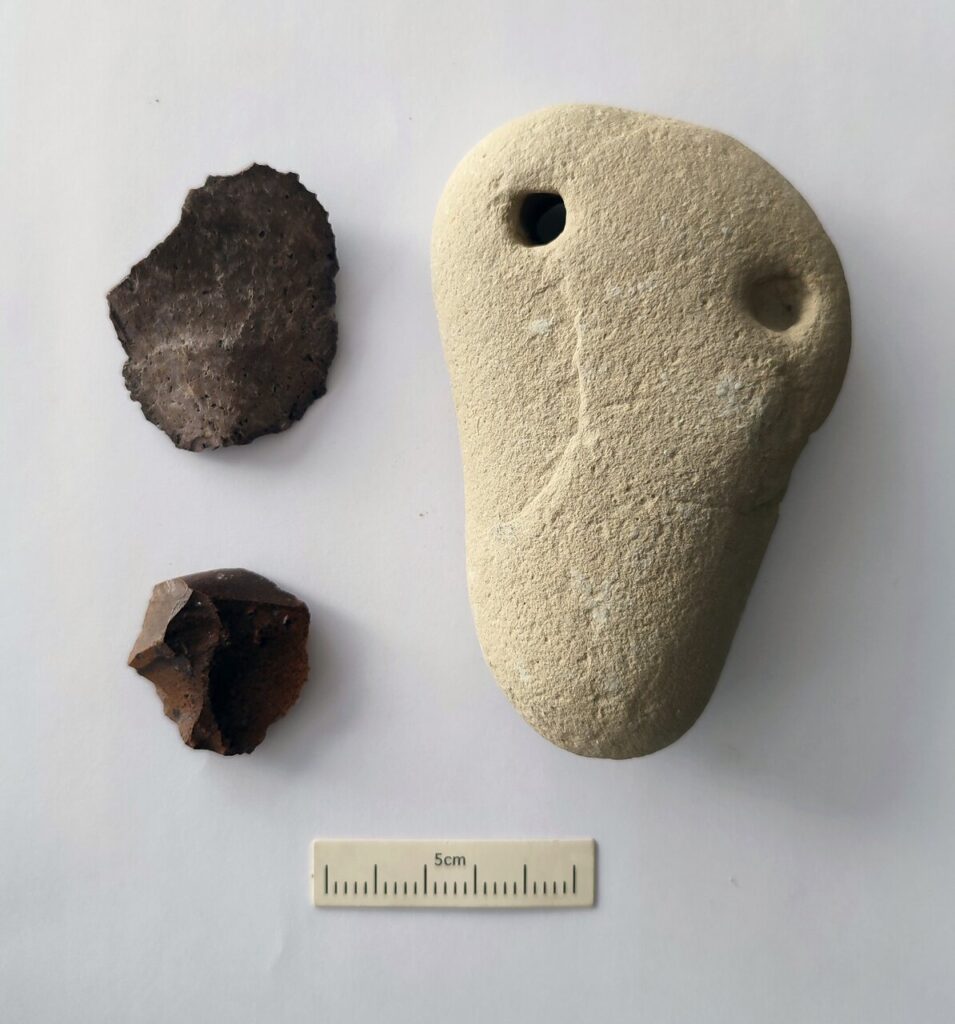Tehran – Recent excavations at Iran’s Copal Archaeological Site have revealed artifacts that can shed new light on early maritime practices, but researchers emphasize the need for further analysis.
The discovery shows modified flat pebbles with holes (probably fishing weight or small anchors) are funded near stone flakes that exhibit the properties of stone tools.
Mortaza Hessari, head of the drilling team, pointed out the importance of these findings. “The close link between perforated cobblestones and stone tools techniques raises important questions about when coastal communities first began to utilize marine resources in the area.” However, he warned that “flakes exhibit typical Paleostemic characteristics, but the cobblestones themselves do not have similar weathering patterns, so further investigation is needed before drawing conclusions.”
Hessari explained that the team is considering multiple interpretations. “We can consider the maritime activities of authentic ancient stone tools, or later communities to reuse the ancient landscape.
As rescue excavations continued ahead of road construction, Hessari emphasized the importance of systematic research. “We are conducting microscopic analysis and geological ages to clarify the relationships between these artifacts. Whatever we discover at the end, this site highlights the rich Macran and it is still not well understood.”
As Hessari points out, “this is just the beginning of a much longer scientific conversation,” but the findings have sparked interest among scholars studying early human adaptation to coastal environments.
morning

